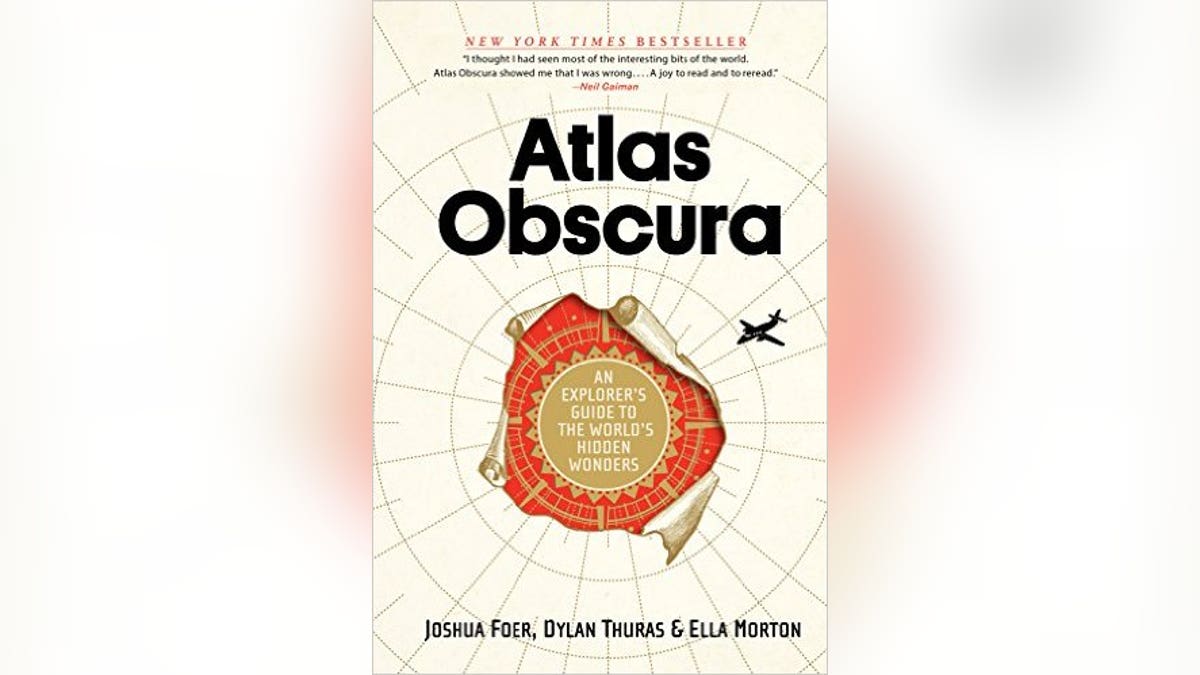You don’t need to travel the world to find extraordinary people, places, and things. I first learned this when I was 12 years old, sweating in the back of an old car with no air conditioning as my family made its way across South Dakota in 100 degree heat.
I grew up in Minneapolis, Minnesota. For my parents, vacations meant epic road trips through the upper Midwest to visit family and friends. Long drives through Wisconsin, Michigan, South Dakota, and North Dakota were all familiar routes. Once we even made it to the exotic land of Canada!
While not world travelers, what my parents knew was that some of the most wondrous places in the world are not on another continent but close at hand, in your own backyard. On that fateful road trip to South Dakota, we visited the otherworldly Badlands, and classic roadside attractions such as Wall Drug (where I first learned of the Jackalope) and the Corn Palace, which is as it sounds, a palace made of corn.
Most memorable of all was a stop in Spring Green, Wisconsin at the House on the Rock. It took nearly five hours to walk through and was, and still is, a kaleidoscope of madness. Inside the house is a sculpture of a squid fighting a whale the size of the Statue of Liberty, a hallway extending out over the woods below designed to look infinite, and the world’s largest carousel. My 12-year-old mind nearly melted out of my ears.
It was these early road trip experiences that set me on a path seeking similar magical places throughout the world. Places that inspire a sense of wonder.
It was this sense that the world was full of these beautiful, strange, little known places, a sense shared with my co-founder Joshua Foer, that led us to create Atlas Obscura, and along with Ella Morton, to write "Atlas Obscura: An Explorer's Guide to the World’s Hidden Wonders."

The book is collection of 700 of the most amazing places in the world, many of which most people have never heard of before. Among them are some of my favorite personal experiences of travel and exploration.
I still remember clearly when, in 2007 while traveling in Italy with my wife Michelle, we visited the beautiful Chiesa della Santa in Bologna, Italy. The large, baroque church was totally empty. We were about to leave when we noticed a strange little side door and a buzzer on the wall. When we rang it, the little door suddenly slid open.
Wandering into the back room (and still totally alone) we found ourselves face to face with St. Catharine of Bologna, a 500 year old relic/mummy seated in a golden throne and surrounded by the bones of other dead saints. Saint Catherine has been sitting in her golden throne in the backroom of this church for over 500 years and is still there now. It was a beautiful deep experience. It’s always worth investigating the strange little door.
Another one of the most incredible places I have been is the Q'eswachaka, sometimes called the Last Incan Bridge. My co-founder Joshua and I got the chance to visit this bridge in 2010 as part of a trip across South America visiting some of the less travelled wonders there.
The bridge is made of woven grass, spans 118 feet, and is suspended 60 feet above the raging river below. To create the bridge the four local villages gather together and braid a type of local grass into small, thin ropes. These are then braided into larger support cables. The bridge must be re-woven each year as it wears out in the elements.
Most amazingly of all is the fact that the bridge has been being made in this manner for the over last 500 years. it was once a integral part of the Incan highway system that spanned the entire continent. Besides seeing and crossing the bridge, one of the most amazing aspects of the visit was meeting Victoriano the “bridge-master.” His father had taught him the craft of overseeing, and making the bridge as did his father before him. Even the most ephemeral things can last for millennia as long as someone passes down the knowledge.
Finally, is a small adventure I took just this year. I have lived in New York for over 12 years and live within half an hour of this site, but only recently took this trip. It is all too easy to ignore the wonders that are within a few miles of our own homes.
City Hall Station was built in 1904 as a crown jewel of the New York City subway system. It was done up in tile, hung with wrought iron chandeliers, and lit with beautiful globe lights. A largely impractical station it was closed by 1945, left forgotten and unused. Today, if you stay on the 6 subway line past the very last stop (don’t be nervous, it’s allowed) and look out on the windows on the right side of the car, you get to glimpse this beautiful station. For a magical moment you can experience a tiny piece of lost New York grandeur. It took me a decade to actually go look for myself, and boy was it worth it.
What I have found after countless hours lost on back roads, or trying to visit a museum with nearly random hours of operation, is that despite the occasional frustration, in the end it’s always worth it.
The trip, the discovery, the reminder that world is big, and strange, and full of wonder is deeply rewarding.
Every single time.
While these are a couple of examples of some of my more memorable trips and visits to the world’s hidden wonders, there are countless more wonders worth celebrating in "Atlas Obscura: An Explorer's Guide to the World’s Hidden Wonders." You might be surprised by what discovery is waiting for you just around the corner.
